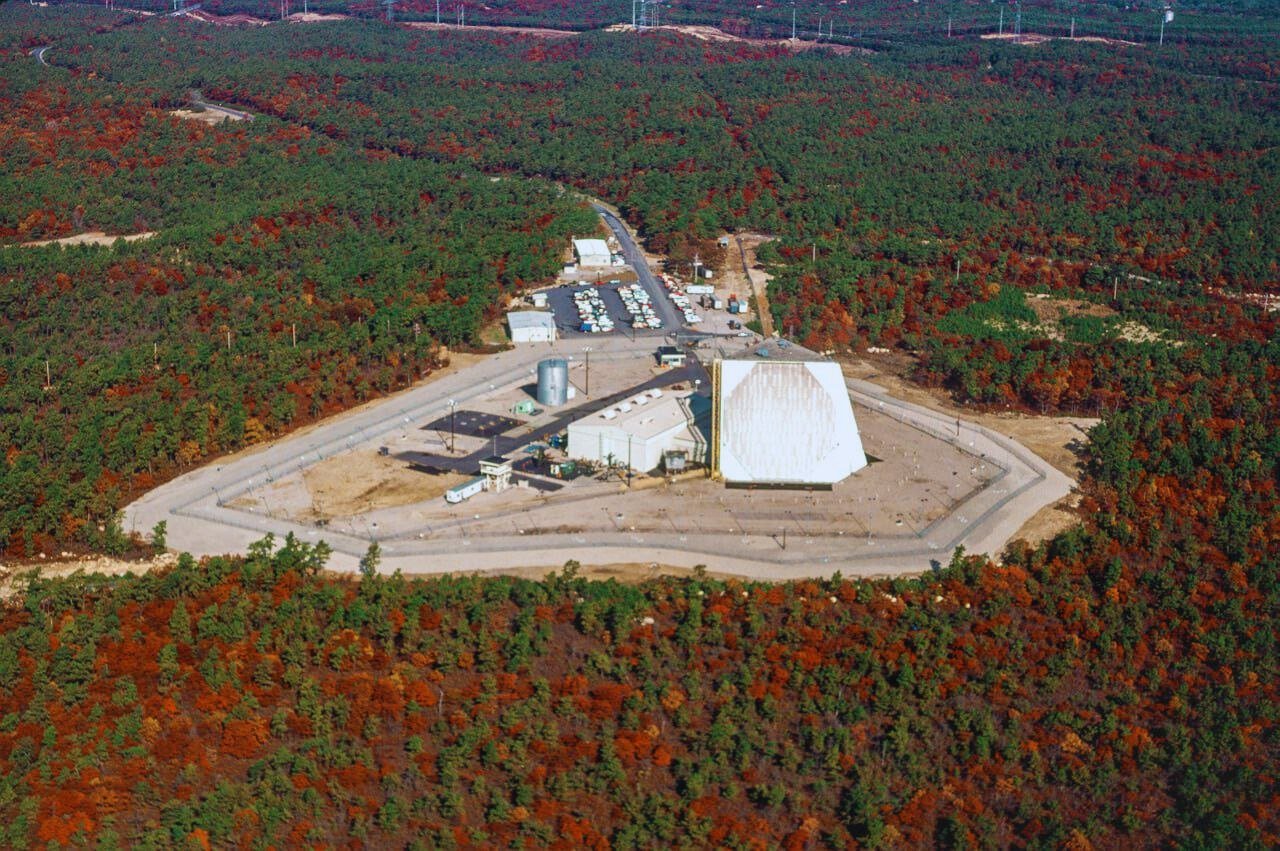
Contents

Introduction to the New Radar Site
In recent developments, the United States has discovered a new radar installation in Cuba, situated in close proximity to the Guantanamo Bay Naval Base. This radar site, identified through satellite imagery and intelligence reports, has raised significant national security concerns. Geographically, the radar site is strategically located on the southeastern coast of Cuba, approximately 20 kilometers from the Guantanamo Bay area, a critical U.S. military installation.
Construction of the radar facility appears to have commenced in late 2022, with notable progress observed in the first half of 2023. Intelligence agencies have closely monitored the development, noting the rapid pace of construction. Initial observations indicate that the radar site is equipped with advanced surveillance and tracking technology, potentially capable of monitoring both terrestrial and aerial activities within a vast radius, including significant portions of the southeastern United States.
The radar technology employed at the site is believed to be state-of-the-art, possibly incorporating phased-array radar systems known for their high resolution and extensive range capabilities. Such systems can provide real-time data on aircraft movements, naval operations, and other military activities, making them a valuable asset for any nation seeking to enhance its intelligence-gathering capabilities.
Public statements from Cuban officials have been scarce, with the government neither confirming nor denying the existence of the radar site. In contrast, U.S. officials have expressed serious concerns about the potential implications for national security. The Department of Defense has indicated that it is evaluating the situation and considering appropriate measures to safeguard U.S. interests in the region.
This new radar site, given its strategic location and advanced capabilities, underscores the ongoing geopolitical tensions between the United States and Cuba. It also highlights the importance of continuous vigilance and intelligence efforts in maintaining national security in an increasingly complex global landscape.
Potential National Security Implications
The establishment of a new radar site in Cuba, in close proximity to the Guantanamo Bay Naval Base, presents numerous potential threats to U.S. national security. This radar site, with its advanced capabilities, could significantly enhance Cuba’s intelligence gathering and surveillance efforts. Experts suggest that such a facility would be capable of monitoring a wide array of signals, including communications, electronic emissions, and possibly even the movement of military assets. The intelligence gathered could then be shared with allied nations, amplifying the scope of the threat.
One of the primary concerns is the radar’s range and data collection capabilities. Advanced radar systems can cover extensive distances, potentially extending their reach to key U.S. military operations. The data collected could provide detailed insights into the operational patterns and strategic movements within the Guantanamo Bay Naval Base. This information would be invaluable for any adversary seeking to undermine U.S. military readiness and response times.
Moreover, the radar site could be used for electronic warfare, a domain that has become increasingly critical in modern conflicts. Electronic warfare involves the use of electromagnetic spectrum to disrupt, deceive, or disable an opponent’s electronic systems. By leveraging the new radar site, Cuba could potentially interfere with U.S. communication networks, navigational systems, and other critical electronic infrastructure at Guantanamo Bay. Such disruptions could compromise the effectiveness of U.S. military operations and pose significant challenges to national security.
Historical precedents highlight the risks associated with such installations. During the Cold War, similar radar sites were used to gather intelligence on rival nations, often escalating tensions and contributing to the arms race. Experts today draw parallels to those times, emphasizing the need for vigilance and robust countermeasures. The potential for the radar site to act as a force multiplier for adversarial intelligence operations cannot be underestimated.
In light of these considerations, it is imperative that U.S. national security strategies adapt to address the emerging threats posed by this new radar site. Continuous monitoring, intelligence gathering, and strategic planning will be essential to mitigate the risks and ensure the security of U.S. interests in the region.
Diplomatic and Military Responses
The discovery of Cuba’s new radar site near Guantanamo Bay has elicited swift responses from both the United States and Cuba, generating significant diplomatic and military activity. The U.S. government promptly engaged in diplomatic communications, expressing concerns over the potential intelligence-gathering capabilities of the radar installation. Senior diplomats have initiated talks with Cuban officials, demanding transparency and assurances that the radar will not be used to spy on U.S. military activities in the region.
In parallel, the U.S. military has increased its surveillance and defense readiness around Guantanamo Bay. Additional reconnaissance missions have been deployed to monitor the radar site, and contingency plans have been updated to address any potential threats. These actions underscore the seriousness with which the U.S. is treating the situation, reflecting a broader strategy to safeguard national security interests in the face of emerging technological threats.
The Cuban government, on the other hand, has defended the radar site as a sovereign right, asserting that it is intended for national defense and not for espionage purposes. Cuban officials have accused the U.S. of overreacting and have called for a diplomatic resolution to avoid escalating tensions. These conflicting narratives highlight the deep-seated mistrust that continues to characterize U.S.-Cuba relations.
Internationally, the situation has drawn attention from global entities such as the United Nations. The UN has called for restraint and dialogue, emphasizing the importance of maintaining regional stability. Several countries have expressed concern over the potential for increased militarization in the Caribbean and have urged both nations to seek a peaceful resolution.
Historical precedents, such as the Cuban Missile Crisis of 1962, offer valuable insights into the current standoff. During that period, intense diplomatic negotiations ultimately averted a potential nuclear conflict, setting a precedent for resolving high-stakes confrontations through dialogue and compromise. As the situation unfolds, historical lessons may guide future actions, emphasizing the need for careful diplomacy and strategic patience.
Future Implications and Mitigation Strategies
The establishment of a new radar site by Cuba near Guantanamo Bay has far-reaching implications for U.S. national security. The presence of such a facility could potentially enhance Cuba’s surveillance and intelligence capabilities, posing a significant threat to American military operations and sensitive communications in the region. To mitigate these risks, the U.S. must consider a multi-faceted approach that combines technological, diplomatic, and policy-based strategies.
Technological countermeasures are a critical first step. The U.S. could invest in advanced electronic warfare systems designed to disrupt or deceive the radar signals emanating from the Cuban site. Enhanced cybersecurity measures should also be implemented to protect communication channels from interception and data breaches. Additionally, the deployment of stealth technologies in military assets could reduce their visibility to radar detection.
Diplomatic negotiations play a pivotal role in addressing the broader implications of this development. The U.S. could engage in bilateral talks with Cuba, emphasizing the need for regional stability and the de-escalation of military tensions. These negotiations could be part of a broader framework aimed at improving U.S.-Cuba relations, potentially paving the way for cooperative security measures that benefit both nations.
Policy changes are also essential in responding to the evolving security landscape. The U.S. government might consider revising its defense posture in the Caribbean, increasing the presence of surveillance and reconnaissance assets to monitor activities near Guantanamo Bay. Strengthening alliances with regional partners could provide additional support in countering potential threats from the radar site.
The implications of Cuba’s new radar site extend beyond immediate security concerns, affecting the overall stability of the Caribbean region. Expert opinions suggest that a balanced approach incorporating both defensive and diplomatic measures is necessary to mitigate risks. By adopting a comprehensive strategy, the U.S. can safeguard its national security interests while fostering a more stable and cooperative environment in the Caribbean.
OUR SITE: toinewsalert.com





